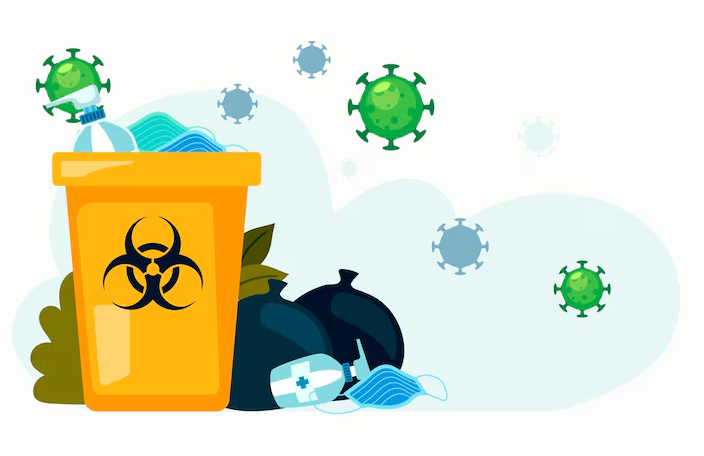Environmental Impact of Pharmaceutical Waste: A Review of The Recent Guidance Document On Disposal Of Expired/ Unused Drugs Issued By CDSCO

The proper disposal of expired and unused medicines is a critical public health and environmental issue. The recent guidance document issued by the Director General of Health Services, CDSCO, dated 26th May 2025, provides detailed instructions to ensure that these drugs are disposed of safely and responsibly. This article delves into the background, objectives, and methods outlined in the document, highlighting the importance of adhering to these guidelines to protect both human health and the environment.
The background of this initiative stems from a letter received by the Central Drugs Standard Control Organisation (CDSCO) from researchers, which highlighted the ecological risks associated with the disposal of unused and expired pharmaceutical compounds. This led to a discussion in the 58th Drugs Consultative Committee (DCC) on 14th July 2020, where it was decided that clear guidelines were necessary. The DCC sub-committee was tasked with preparing a comprehensive guidance document to address this issue.
Improper disposal of expired and unused drugs can have severe consequences. It can lead to contamination of water supplies, posing risks to human and animal health. Expired drugs can be misused if they fall into the wrong hands, and some expired drugs may develop different adverse drug reaction profiles. The document emphasizes the need to prevent these issues to mitigate public health risks, including the growing concern of antimicrobial resistance (AMR).
The objective of the guidance document is to provide clear and comprehensive instructions for the safe disposal of expired and unused drugs in accordance with the Drugs and Cosmetics Act and Rules. It aims to minimize environmental impact and public health risks, including AMR. By establishing procedures for disposal, the document ensures compliance with the law, protects the environment, and safeguards public health.
The document outlines several methods for disposing of expired/unused drugs. These include landfill, where properly engineered sites are recommended; waste immobilization through encapsulation and inertization; and the use of sewers for some liquid pharmaceuticals. It also discourages burning in open containers due to potential air pollution and recommends medium and high-temperature incineration for certain types of waste. Chemical decomposition is suggested as an option if incineration is not available.
Existing rules and regulations for the disposal of imported drugs, expired/unused medicine at retail/wholesale outlets, and waste material at the manufacturing level are referenced in the document. It aligns with the Bio-Medical Waste (Management and Handling) Rules, 2016, ensuring that all stakeholders are aware of their responsibilities and the legal framework governing the disposal of pharmaceutical waste.
The procedure to be followed by stakeholders for the disposal of expired/unused drugs is detailed in the document. Retailers, wholesalers, manufacturers, hospitals, and government agencies each have specific responsibilities. They are required to return expired/unused drugs to the manufacturer or dispose of them according to the guidelines. Detailed records must be maintained and made available for regulatory verification.
Collection, storage, and transportation of expired/unused drugs are also covered in the document. Expired/unused drugs should be collected in yellow non-chlorinated plastic bags or containers and stored in a designated area. Specific handling and transportation procedures are outlined for different types of drugs, including cytotoxic, radioactive, and controlled substances, to ensure safety and compliance.
For the general public, the document suggests establishing “Drug take back” sites where people can drop off expired/unused drugs. It also provides a list of medicines that should be flushed down the sink or toilet to prevent harm to people and pets. These measures aim to reduce the risk of accidental ingestion and misuse of expired or unused medications.
In conclusion, the guidance document issued by the Director General of Health Services, CDSCO, provides a comprehensive framework for the safe disposal of expired and unused medicines. By adhering to these guidelines, stakeholders can significantly reduce the environmental impact and public health risks associated with improper disposal. It is essential for all parties involved to understand and implement these procedures to protect human health and the environment.
For further details write to contact@indialaw.in
By entering the email address you agree to our Privacy Policy.



